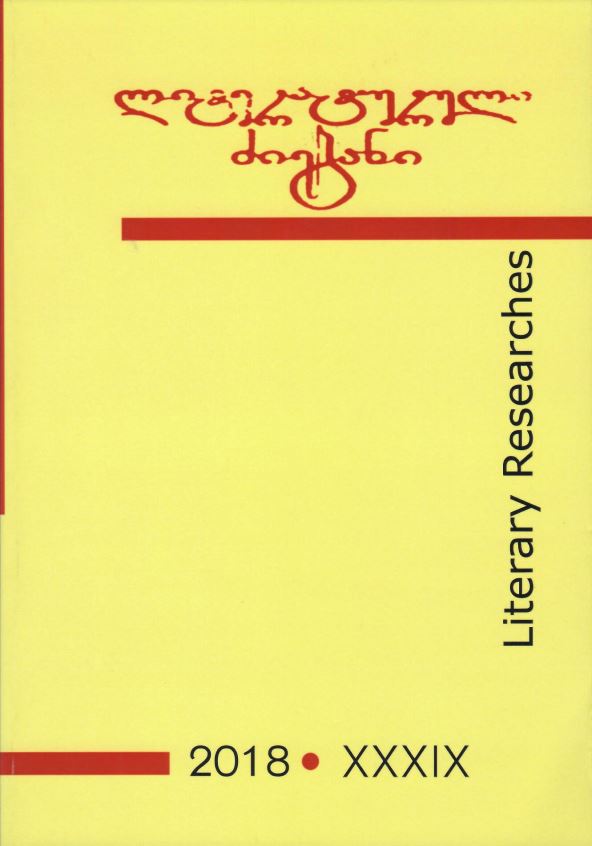Published 2018-12-20
Keywords
- Blue Horns Poets,
- Grigol Robakidze,
- Futurism,
- Dadaism,
- Aleksei Kruchonykh
- Ilia Zdanevich,
- Simon Chikovani ...More
How to Cite
Abstract
The Georgian Blue Horns manifesto, published in 1916 by poet Paolo Iashvili and entitled “Pirveltkma” (The First Word), has elements reminiscent of the Italian futurist manifesto (written in 1909 by Filippo Tommaso Marinetti); these include eccentricity, dandyism, exhibitionism (nonconformism), antagonism, demagogy, scandalmongering, anti-traditionalism, machine idolatry and violence. In other words, Blue Horns poets were typical incendiaries, who extolled the beauty of destruction. Their poetry was still imbued with symbolist elements, but they promised to carry out a powerful post-symbolist operation against tradition.
After the outbreak of the First World War, many Russian artists and writers fled to Georgia’s capital, where food was plentiful. In Tbilisi the Russian literary world was divided into symbolists, acmeists and futurists. In the second half of the first decade of the twentieth century, thanks to the presence of Russian intellectuals and the activism of the indigenous poets of the Blue Horns, together with eccentric and leading personalities such as Grigol Robakidze, Aleksei Kruchonykh and Ilia Zdanevich, Tbilisi became a very lively city: cabarets were opened, many newspapers and magazines were published and every evening the city was filled with debates on art, poetry, novels, philosophy, music, ballet.
In February 1921 the Red Army entered Tbilisi and established Soviet power. In 1922, some young people such Simon Chikovani, Irakli Gamrekeli and Beno Gordeziani founded a futurist group. In keeping with the avant-garde stereotype, their programme was nihilistic, but in 1926 they understood that times had changed and made an enormous turning point in their theory. Copying the Left Front of the Arts, organized by Mayakovsky in Moscow, they founded the Left Front. The following year, publishing magazine “Memartsxeneoba” (Leftism), they agreed with the Communist party’s demands for industrialization of the country, and, ultimately, this group too was swallowed up by the party

